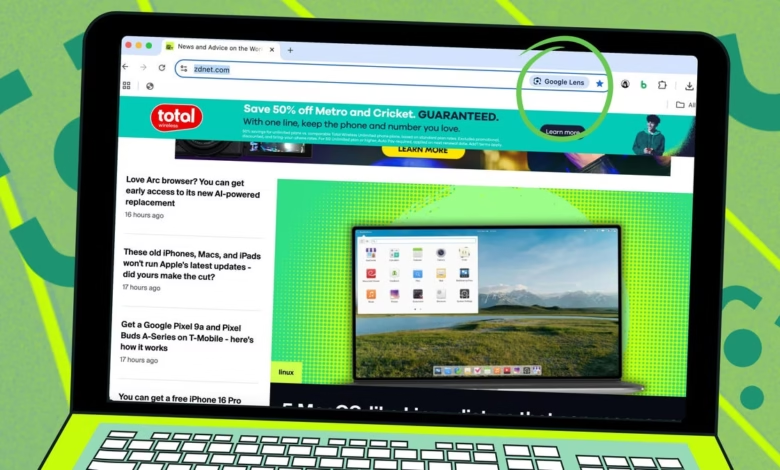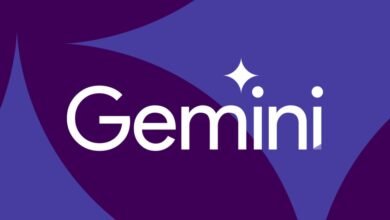Boost Productivity With This Hidden Chrome Feature

▼ Summary
– Google Lens is a feature in Chrome that sometimes appears in the browser bar but may go unnoticed by users.
– It is commonly used on smartphones for tasks like identifying objects, translating text, and recognizing plants or landmarks.
– In Chrome, Google Lens can be enabled via the browser bar, right-clicking on images, or using the three-dot menu, though it only appears on pages with compatible media.
– Key uses in the browser include reverse image searches, translating text from images, and identifying products or objects in photos.
– Google Lens can also analyze tables or charts when prompted, providing quick summaries or explanations of the data.
Google Lens in Chrome offers powerful productivity tools that many users overlook. This built-in feature can transform how you interact with images, text, and objects online, yet it often goes unnoticed in the browser toolbar. While commonly associated with mobile devices, its desktop capabilities deserve equal attention for streamlining workflows and enhancing research.
The Google Lens button appears intermittently in Chrome’s address bar, activating when the browser detects media it can analyze. If missing, right-click the toolbar and select “Always Show Google Lens Shortcut”, though page scripting may still prevent its appearance on certain sites. For guaranteed access, two alternative methods exist: right-clicking images for a context menu option or accessing it through Chrome’s three-dot menu.
Reverse image searches demonstrate Lens’ most practical application. Uploading or selecting pictures reveals detailed information, from identifying vintage car models like the BMW E30 to recognizing architectural landmarks such as England’s Ightham Mote manor. The tool excels at product identification too, pinpointing camera models even when branding appears without specifications.
Beyond visual recognition, multilingual text translation bridges language barriers. While accuracy varies—as seen when interpreting a neon sign alternately as “Prosperous business” and “Main Idea Arrives”—it provides quick approximations for signs or scanned documents. The feature particularly shines when analyzing data visualizations; selecting charts or tables and prompting “explain this” generates instant summaries, saving hours of manual interpretation.
Implementation varies across platforms, with mobile versions offering real-time object recognition through camera feeds, while desktop iterations focus on existing digital content. Both environments benefit from Lens’ AI-driven analysis, whether identifying plant species from photos or extracting text from complex images. The seamless integration eliminates tedious copy-paste routines, making information retrieval remarkably efficient.
Have you explored these browser-based capabilities? The tool’s versatility extends far beyond casual curiosity, it’s a research accelerator for professionals across industries. From verifying product details to decoding foreign documents, Lens transforms passive browsing into active discovery. Its evolving algorithms continue refining accuracy, making each use more reliable than the last. Next time that unassuming icon appears, consider the productivity potential at your fingertips.
(Source: ZDNET)





